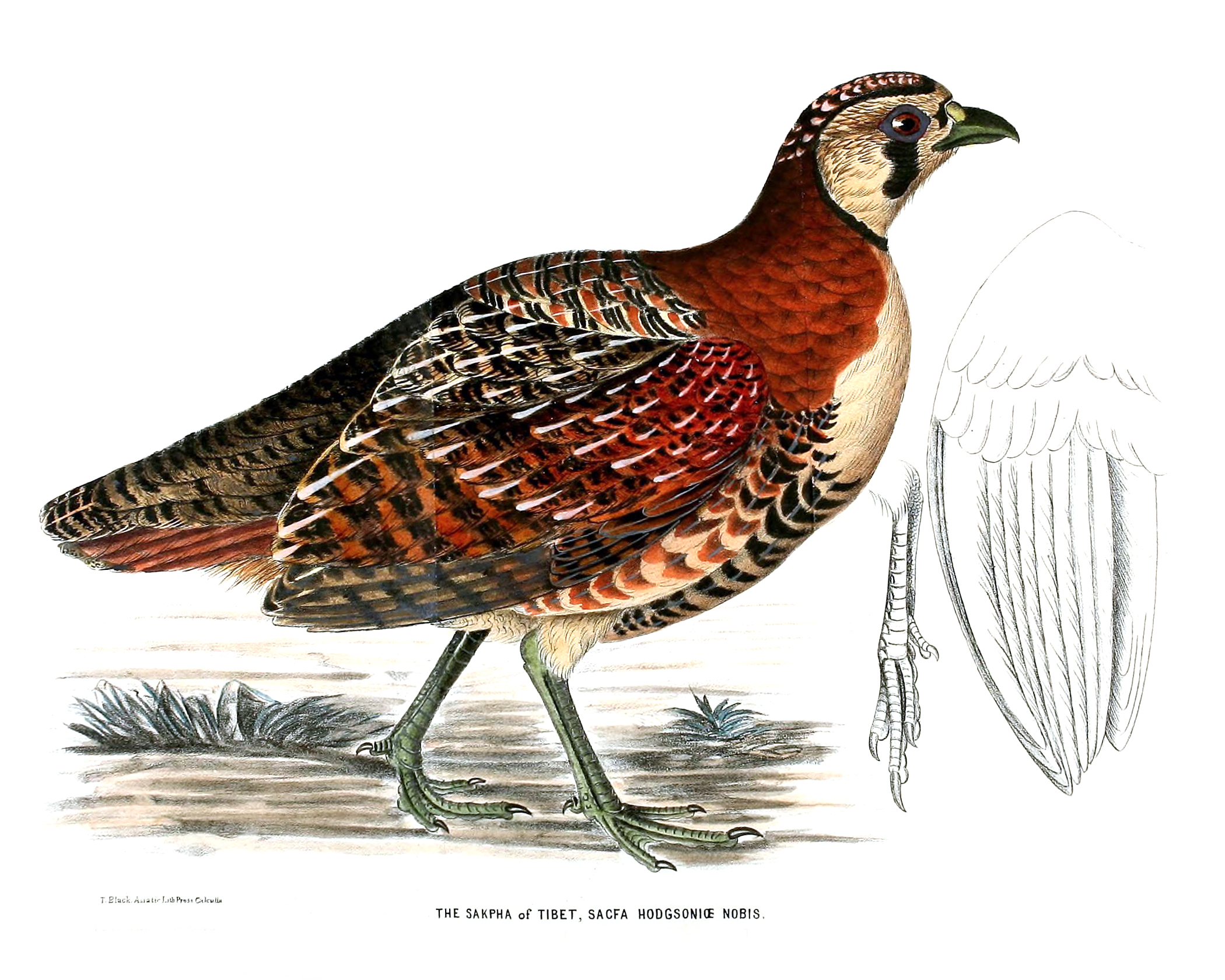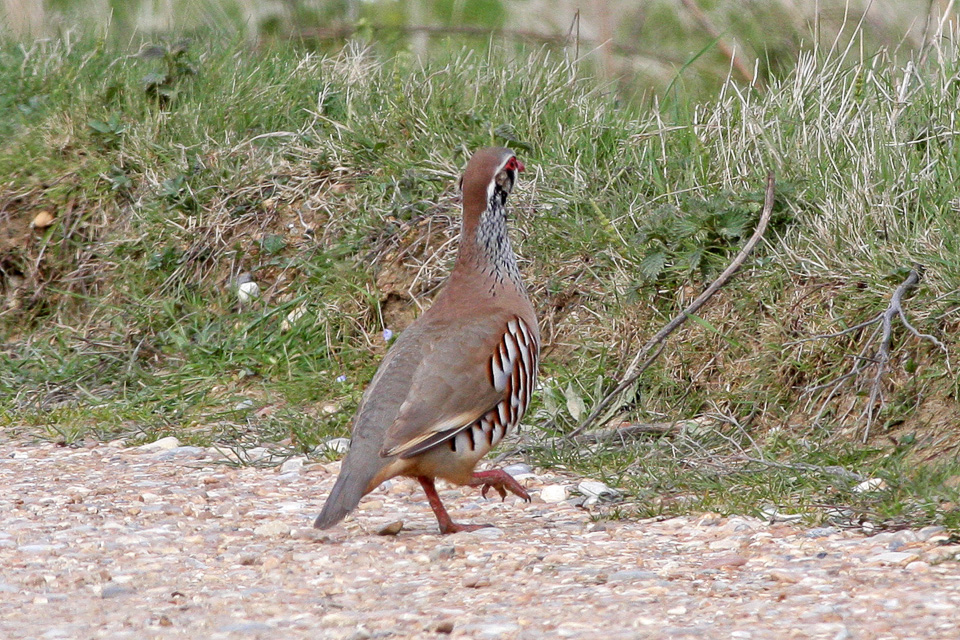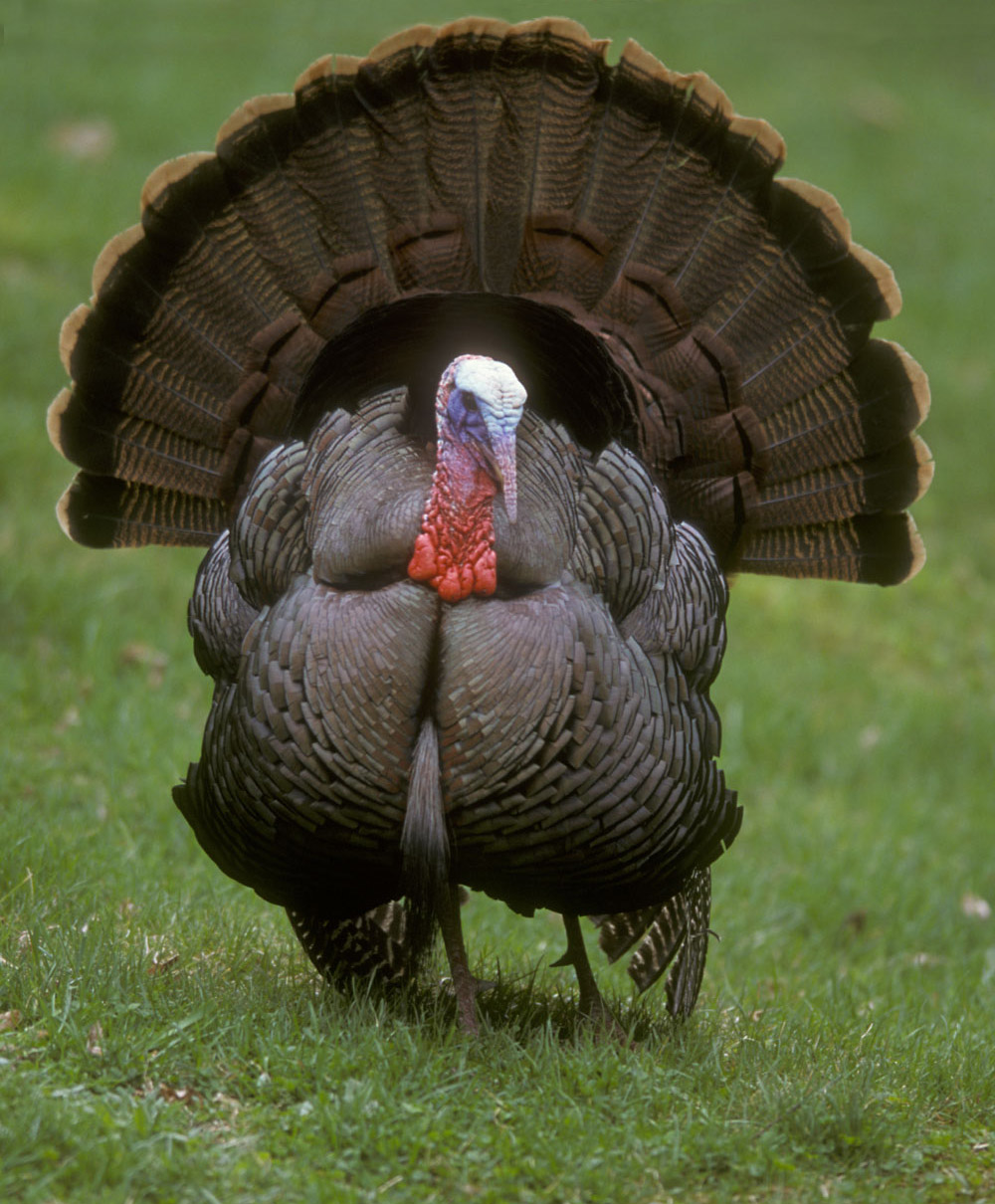|
Perdix
''Perdix'' is a genus of Galliformes, Galliform gamebirds known collectively as the 'true partridges'. These birds are unrelated to the subtropical species that have been named after the partridge due to similar size and Morphology (biology), morphology. Taxonomy The genus ''Perdix'' was introduced by the French zoologist Mathurin Jacques Brisson in 1760 with the grey partridge (''Perdix perdix'') as the type species. The genus name is Latin for "partridge", which is itself derived from Ancient Greek ''‘πέρδιξ’ (pérdīx)''. They are closely related to grouse, koklass, quail and pheasants. This genus contains three extant species: Some prehistoric species have been identified: * ''Perdix margaritae'' Kurochkin, 1985 * ''Perdix palaeoperdix'' Mourer-Chauviré, 1975 A prehistoric species only known from fossils was described as ''Perdix palaeoperdix''. Occurring all over southern Europe during the Early–Late Pleistocene, it was a favorite food of the Cro-Magnons ... [...More Info...] [...Related Items...] OR: [Wikipedia] [Google] [Baidu] |
Grey Partridge
The grey partridge (''Perdix perdix'') is a bird in the pheasant family Phasianidae of the order Galliformes, gallinaceous birds. The scientific name is the Latin for "partridge". Taxonomy The grey partridge formally described in 1758 by the Swedish naturalist Carl Linnaeus in the tenth edition of his ''Systema Naturae'' under the binomial name ''Tetrao perdix''. Linnaeus specified the type locality as Europe but this has been restricted to Sweden. The word ''perdix'' is Latin meaning "partridge", from Ancient Greek περδιξ/''perdix'' meaning "partridge". The grey partridge together with the Daurian partridge and the Tibetan partridge are now placed in the genus '' Perdix'' that was introduced in 1760 by the French zoologist Mathurin Jacques Brisson. Subspecies Eight subspecies are recognised by the IOC World Bird List, though the differences are clinal, and not all are accepted by other authorities; the HBW/BirdLife International list only accepts six subspecies; the ... [...More Info...] [...Related Items...] OR: [Wikipedia] [Google] [Baidu] |
Daurian Partridge
The Daurian partridge (''Perdix dauurica''), also known as steppe partridge, Asian grey partridge or bearded partridge, is a gamebird in the pheasant family Phasianidae of the order Galliformes (gallinaceous birds). Its name derives from the Dauria region of Russia, which forms part of their distribution. Description It is a rotund bird measuring roughly long. In the fall, males weigh about and for females. Both sexes have a sandy-orange face and long feathers under the beak, forming a 'beard'. The rest of the head and underparts are pale slate-grey with a buff line on the chest and black belly patch. The female has a smaller belly patch and is slightly duller than the male. Their song sounds like a higher-pitched, sped-up version of the grey partridge's; a shrill, grating ''kieerr-ik!'' There are multiple subspecies, differing mainly in the plumage becoming darker and more rufous further east. Distribution and habitat This partridge breeds generally on open grassland or s ... [...More Info...] [...Related Items...] OR: [Wikipedia] [Google] [Baidu] |
Perdix Hodgsoniae
The Tibetan partridge (''Perdix hodgsoniae'') is a gamebird in the pheasant family Phasianidae of the order Galliformes. They are found widely across the Tibetan Plateau and have some variations in plumage across populations. They forage on the ground in the sparsely vegetated high altitude regions, moving in pairs during the summer and in larger groups during the non-breeding season. Neither males nor females have spurs on their legs. Description Somewhat different in appearance from the other ''Perdix'' species such as the grey and Daurian partridges this 28–31 cm long partridge has the brown back, blackish belly patch and chestnut flanks of its relatives, but has a striking black and white face pattern, which contrasts with the rufous collar. The forehead, broad supercilium, face and throat are white. A broad black stripe runs down the face from below the eyes and it has a broad chestnut hind neck collar. The upper parts are buff, barred with rufous and black. The other ... [...More Info...] [...Related Items...] OR: [Wikipedia] [Google] [Baidu] |
Partridge
A partridge is a medium-sized Galliformes, galliform bird in any of several genera, with a wide Indigenous (ecology), native distribution throughout parts of Europe, Asia and Africa. Several species have been introduced to the Americas. They are sometimes grouped in the Perdicinae subfamily of the Phasianidae (pheasants, quail, etc.). However, molecular research suggests that partridges are not a distinct taxon within the family Phasianidae, but that some species are closer to the pheasants, while others are closer to the junglefowl. Description Partridges are medium-sized Game (hunting), game birds, generally intermediate in size between the larger pheasants, smaller quail; they're ground-dwelling birds that feature variable plumage colouration across species, with most tending to grey and brown. Range and habitat Partridges are native to Europe, Asia, Africa, and the Middle East. Some species are found nesting on steppes or agricultural land, while other species prefer mor ... [...More Info...] [...Related Items...] OR: [Wikipedia] [Google] [Baidu] |
Galliformes
Galliformes is an order (biology), order of heavy-bodied ground-feeding birds that includes turkey (bird), turkeys, chickens, Old World quail, quail, and other landfowl. Gallinaceous birds, as they are called, are important in their ecosystems as seed dispersers and predators, and are often reared by humans for their meat and eggs, or hunted as game birds. The order contains about 290 species, inhabiting every continent except Antarctica, and divided into five Family (biology), families: Phasianidae (including chicken, quail, partridges, pheasants, turkeys, peafowl (peacocks) and grouse), Odontophoridae (New World quail), Numididae (guinea fowl), Cracidae (including chachalacas and curassows), and Megapodiidae (incubator birds like malleefowl and Brushturkey, brush-turkeys). They adapt to most environments except for innermost deserts and perpetual ice. Many gallinaceous species are skilled runners and escape predators by running rather than flying. Males of most species a ... [...More Info...] [...Related Items...] OR: [Wikipedia] [Google] [Baidu] |
Pheasants
Pheasants ( ) are birds of several genera within the family Phasianidae in the order Galliformes. Although they can be found all over the world in introduced (and captive) populations, the pheasant genera's native range is restricted to Eurasia. The classification "pheasant" is paraphyletic, as birds referred to as pheasants are included within both the subfamilies Phasianinae and Pavoninae, and in many cases are more closely related to smaller phasianids, grouse, and turkey (formerly classified in Perdicinae, Tetraoninae, and Meleagridinae) than to other pheasants. Pheasants are characterised by strong sexual dimorphism, males being highly decorated with bright colours and adornments such as wattles. Males are usually larger than females and have longer tails. Males play no part in rearing the young. A pheasant's call or cry can be recognised by the fact it sounds like a rusty sink or valve being turned. Pheasants eat mostly seeds, grains, roots, and berries, while in t ... [...More Info...] [...Related Items...] OR: [Wikipedia] [Google] [Baidu] |




